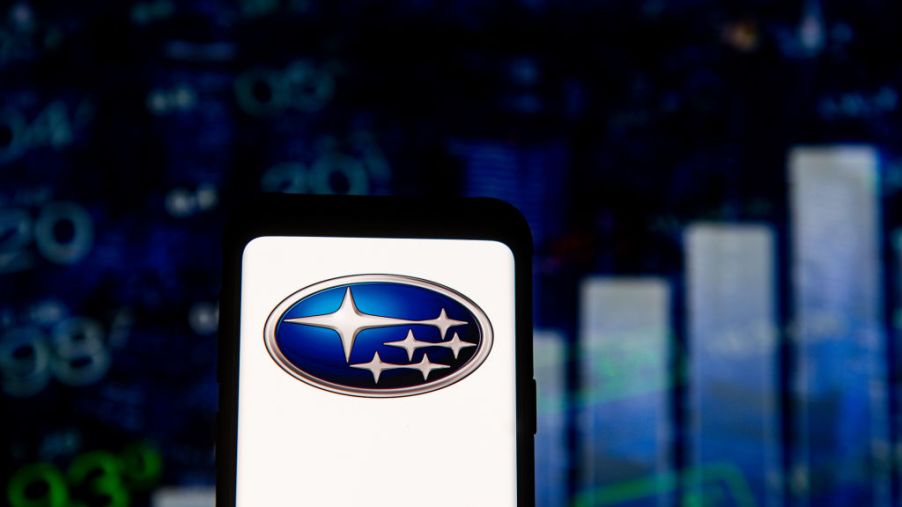
Subaru Owners Are Filing a Lawsuit for a Dangerous Issue
Unintended vehicle acceleration is a problem that Toyota and Tesla have faced in the past, and now Subaru is facing a class-action lawsuit for that same problem. Filed in U.S. District Court for the District of New Jersey, Weston, et al., v. Subaru of America, Inc., et al. is a class-action lawsuit that claims that Subaru knew about the acceleration problems and failed to disclose them to buyers and lessees.
Here’s a look at the unintended acceleration issues with certain model years of the Forester, Legacy, and Outback and what the lawsuit alleges.
Unintended acceleration issues in certain Subarus
According to CarComplaints, owners have complained about alleged unintended acceleration issues appearing in their 2012 to 2018 Subaru Forester, 2015 to 2019 Subaru Legacy, and 2015 to 2019 Subaru Outback vehicles. These vehicles sometimes accelerate suddenly and without warning, often while the brake pedal is being pushed.
The lawsuit names three causes for the acceleration problems. The first is inadequate fault detection systems that can’t handle “foreseeable unwanted outcomes, including unintended acceleration.”
The second is that the “throttle position sensor, throttle body assembly, powertrain control module, and/or related components are highly susceptible to malfunction.” And the third is that the brake override system either malfunctions or is not able to stop the sudden acceleration.
Plaintiffs’ problems
The plaintiffs described similar situations. One plaintiff said she purchased her new 2015 Subaru Forester in November 2014. In December 2019, as she was about to shift into park while in a parking lot after driving slowly with her foot on the brake, her Forester accelerated. It hit another vehicle, and the owner, concerned about safety, then traded in the vehicle.
A couple, who are both plaintiffs, purchased a new 2014 Subaru Forester Limited in 2015. In March 2020, the husband pressed down on the brake, but the Forester accelerated, and he lost control. Their Forester hit a guardrail, overturned, and the husband and wife were both injured.
A third plaintiff was driving a 2018 Subaru Forester purchased in 2017, which accelerated into a fence in November 2019 as she was driving into a parking space with her foot on the brake. It cost about $800 to have her Forester fixed.
How dangerous is the problem?
The lawsuit suggests that the Subaru vehicles’ unintended acceleration issues are an unreasonable safety hazard, creating risks for drivers, passengers, and pedestrians. The surprising acceleration has led to collisions and near-collisions.
The lawsuit also claims that Subaru hid its vehicles’ defects and asked dealerships to lie to owners, telling owners that their vehicles were problem-free. Technicians allegedly told owners that “no issues could be found,” at least until vehicles’ warranties ran out, leaving owners unaware of the potential risks.
How long has Subaru known?
The lawsuit claims Subaru has known about the unintended acceleration issues found on the Forester, Legacy, and Outback since at least 2011. Subaru should have been aware of the problem from its pre-production testing, owners’ complaints, warranty data, plus dealership repair orders.
Subaru’s response to the acceleration problems according to the lawsuit
Subaru has allegedly said that drivers are at fault and that floor mats may be the cause of the unintended acceleration issues. This explanation is one the lawsuit alleges is a common practice even when the floor mats are securely in place.
According to plaintiffs, Subaru has not recalled vehicles to repair the acceleration problems and also has not provided free repairs or replacements or offered reimbursement for owners’ repair expenses. The lawsuit states that Subaru should have repaired the vehicles for owners.
If you own one of the affected cars and have experienced alarming unintended acceleration, it is still possible to join the class-action lawsuit. Berger Montague and Capstone Law APC are representing the plaintiffs in the case.


